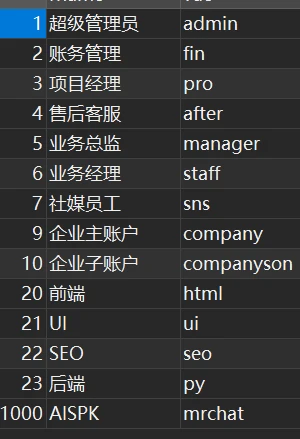



mono ammonium phosphate formula
The Significance and Applications of Monoammonium Phosphate (MAP)
Monoammonium phosphate (MAP), a widely used compound in agriculture and various industries, is represented by the formula NH4H2PO4. This inorganic salt plays a crucial role in enhancing soil fertility and providing essential nutrients for crop growth. Understanding its characteristics, applications, and significance can shed light on why MAP is a staple in modern agricultural practices.
Chemical Composition and Properties
Monoammonium phosphate is composed of ammonium (NH4) and phosphate (H2PO4) ions, making it a source of both nitrogen and phosphorus—two critical nutrients in plant growth. The compound appears as a colorless or white crystalline solid and is highly soluble in water, allowing it to be readily absorbed by plants when applied to the soil. One of its key characteristics is the ability to maintain a neutral pH in the soil, which is advantageous for various crops.
The synthesis of MAP typically involves the reaction of phosphoric acid (H3PO4) with ammonia (NH3). The resultant product is stable and has a relatively low toxicity level, making it safe for handling and application in agricultural settings. Due to its physical and chemical properties, MAP is an excellent fertilizer that offers a balanced approach to nutrient supply in farming.
Applications in Agriculture
The primary application of MAP is as a fertilizer. It is particularly favored for its dual nutrient content, which promotes vigorous plant growth and maximizes crop yields. The nitrogen in MAP supports robust vegetative growth, while phosphorus is vital for root development and flowering. Farmers often apply MAP during planting or as a side-dressing to ensure that crops receive adequate nutrition at critical growth stages.
Moreover, MAP is compatible with various other fertilizers and can be mixed with other nutrients to create custom formulations tailored to specific crop needs. Its ability to dissolve easily in water means it can be applied through various methods, including broadcasting, banding, or as part of a fertigation system.
In regions with limited natural soil phosphorus, the use of MAP can be particularly beneficial. It helps to replenish phosphorus levels in the soil, thus addressing nutrient deficiencies that could hinder crop production. As a fertilizer, MAP supports sustainable agricultural practices by improving soil health and enhancing crop resilience against pests and diseases.
mono ammonium phosphate formula

Other Uses of MAP
Beyond agriculture, monoammonium phosphate has several other applications. One notable use is in fire-extinguishing agents. Due to its chemical composition, MAP can serve as a fire retardant, particularly in dry chemical fire extinguishers. Its effectiveness in suppressing flames makes it a valuable component in firefighting solutions, especially in scenarios involving flammable materials.
Additionally, MAP is utilized in the food industry as a leavening agent in baking. It helps to create a desirable texture and rise in baked goods, making it a key ingredient in some formulations. Furthermore, in the pharmaceutical sector, MAP is sometimes used to create buffer solutions and as a nutrient source in microbial culture media.
Environmental Considerations and Sustainability
As with any agricultural input, the use of MAP should be managed judiciously to minimize environmental impact. Over-application can lead to nutrient runoff, which may contribute to water quality issues such as algal blooms. Therefore, it is crucial for farmers to follow best management practices and soil testing procedures to apply MAP at optimal rates. This approach ensures that crops receive the necessary nutrients while protecting the ecosystem.
Recent advancements in precision agriculture have enabled more efficient use of fertilizers, including MAP. Techniques such as soil mapping, Variable Rate Technology (VRT), and remote sensing allow farmers to apply fertilizers based on specific field needs, enhancing both crop productivity and environmental stewardship.
Conclusion
In conclusion, monoammonium phosphate (NH4H2PO4) is a vital compound in agriculture, recognized for its essential role as a fertilizer and its varied applications in other industries. Its ability to supply nitrogen and phosphorus efficiently underlines its significance in boosting agricultural productivity and sustainability. By understanding the properties and responsible use of MAP, farmers can optimize crop yields while ensuring ecological balance—a critical endeavor in today's agricultural landscape.
-
Why Sodium Persulfate Is Everywhere NowNewsJul.07,2025
-
Why Polyacrylamide Is in High DemandNewsJul.07,2025
-
Understanding Paint Chemicals and Their ApplicationsNewsJul.07,2025
-
Smart Use Of Mining ChemicalsNewsJul.07,2025
-
Practical Uses of Potassium MonopersulfateNewsJul.07,2025
-
Agrochemicals In Real FarmingNewsJul.07,2025
-
Sodium Chlorite Hot UsesNewsJul.01,2025










